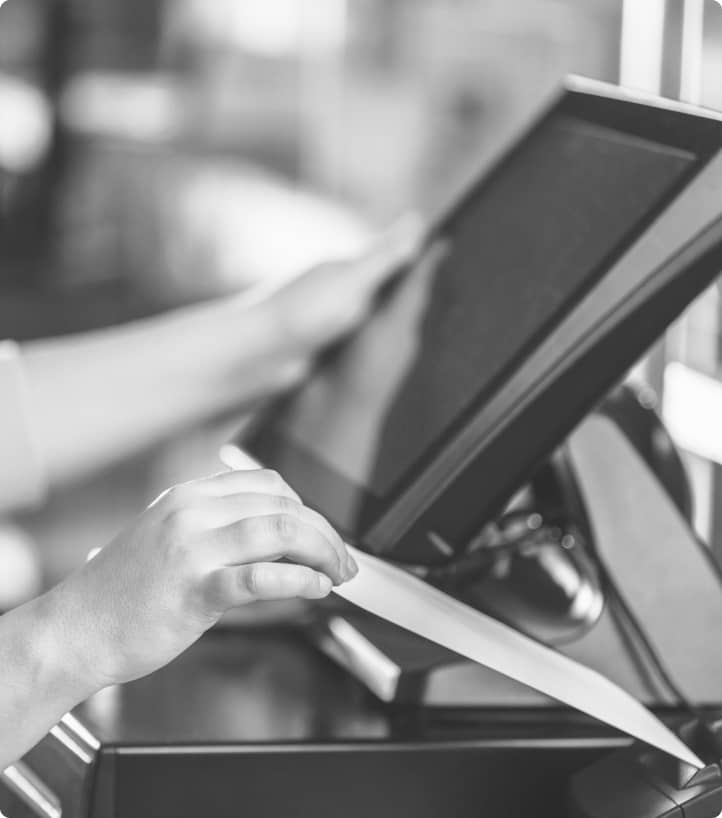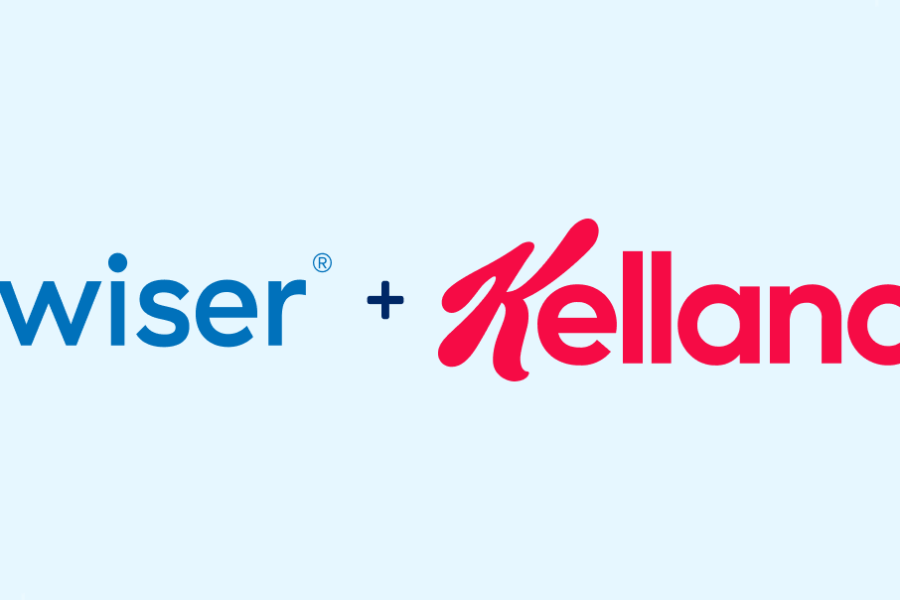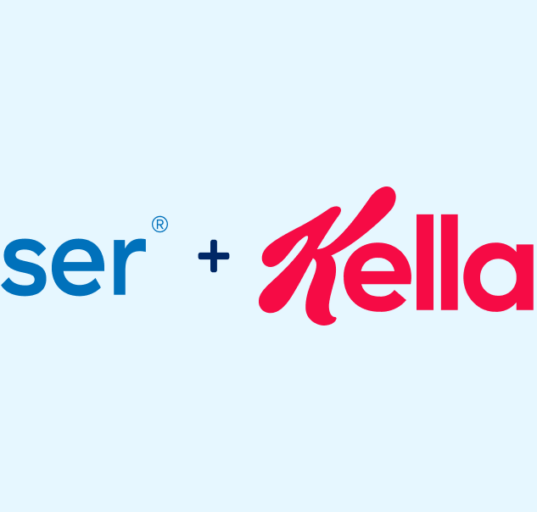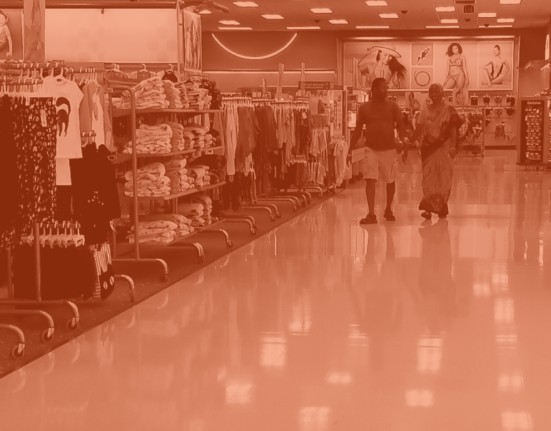Home
Learn From The Commerce Execution Leaders.
Latest Articles
Unveiling Success in the Snacking Sector: Kellanova Canada’s Retail Revolution with Wiser
In the dynamic world of Consumer Packaged Goods (CPG), embracing change and leveraging technology are not just strategies but essential.
- by Mollie Panzner
- April 16, 2024
Leveraging Technology, Data, and Relationships in Category Management
Category management in retail has evolved significantly over the past two decades, reflecting broader changes in technology, consumer behavior, and.
- by Héloïse Tobin
- April 16, 2024
Popular Topics
Browse Our Guides

Brand Management: How to Create a MAP Policy, Implement MAP Monitoring, and Protect Your Brand

Editor's Choice
News From Wiser


































